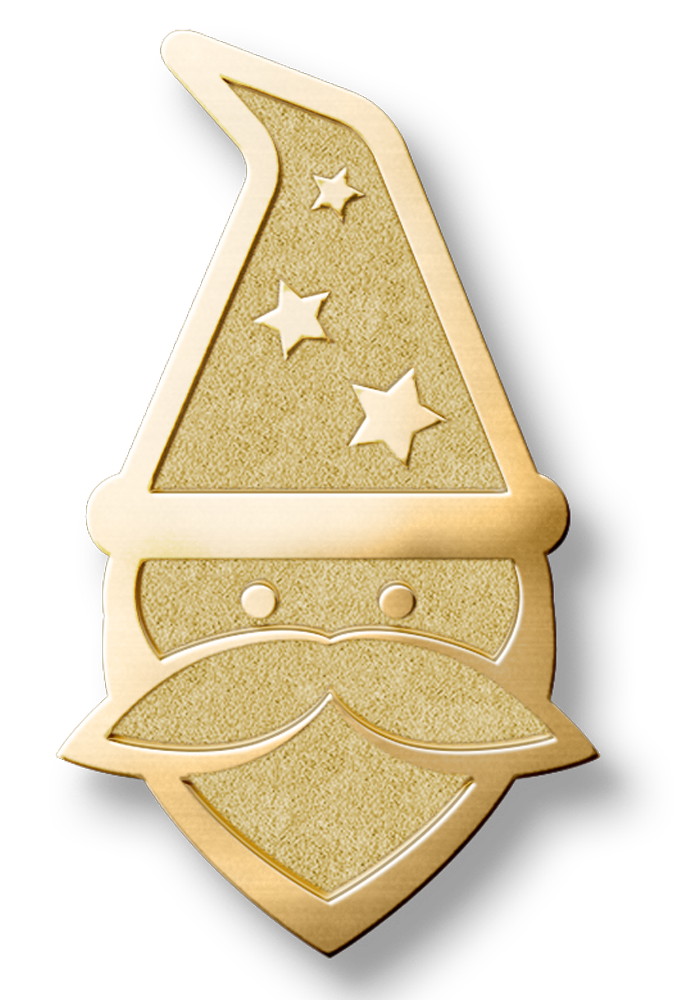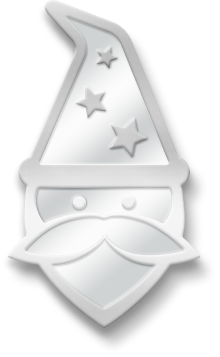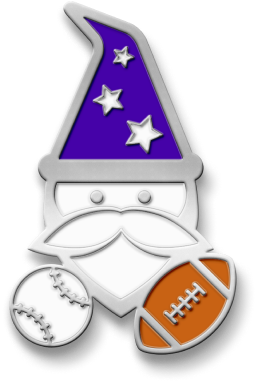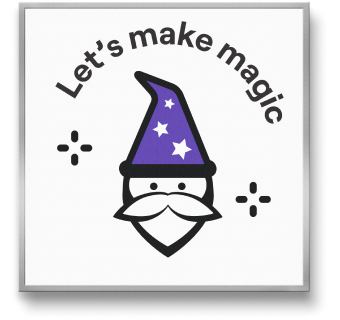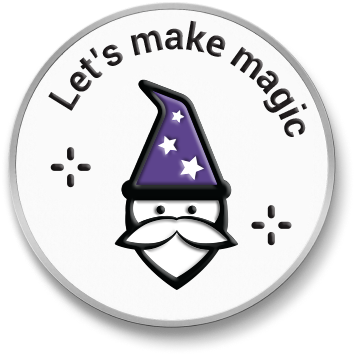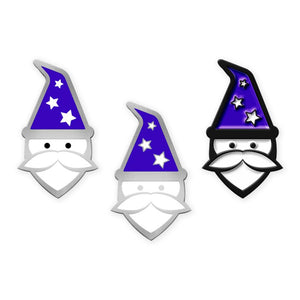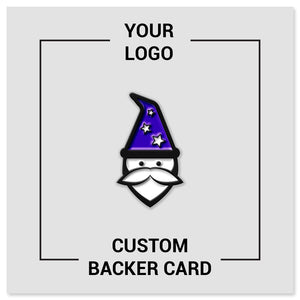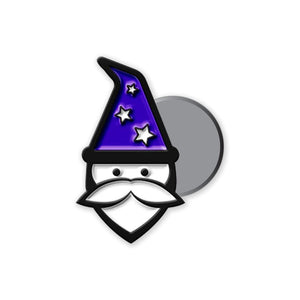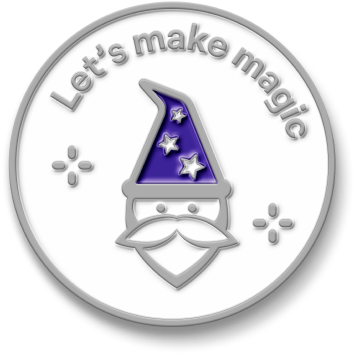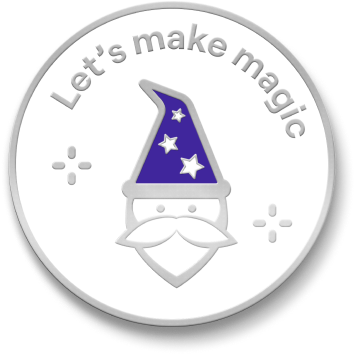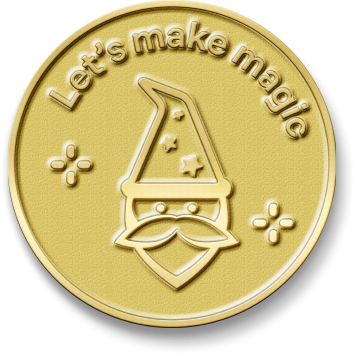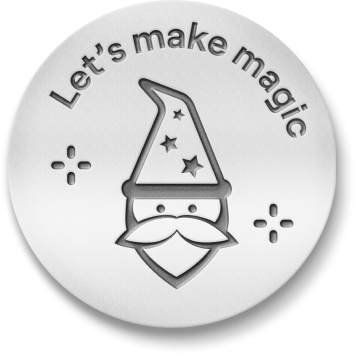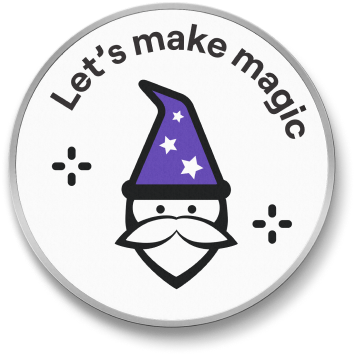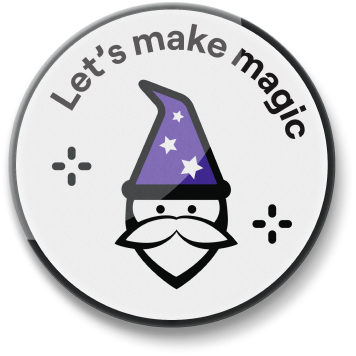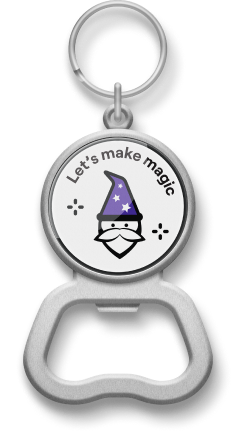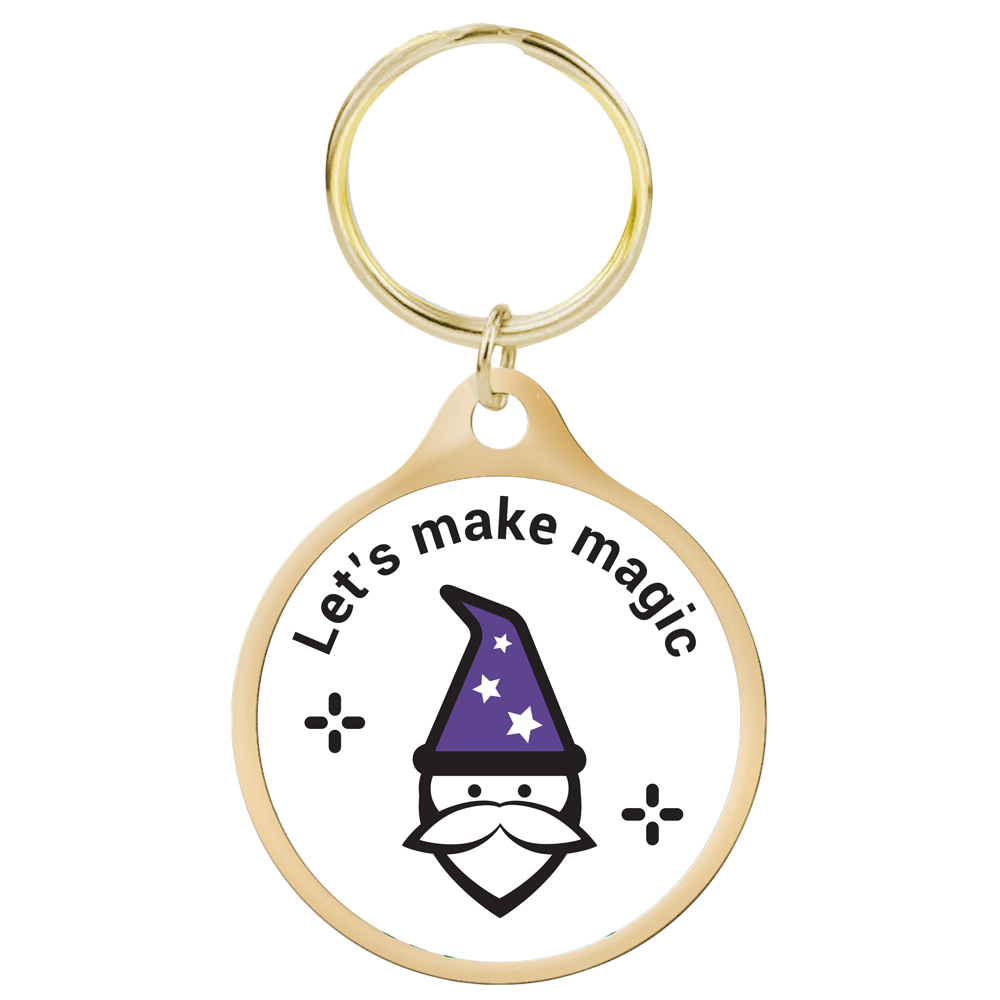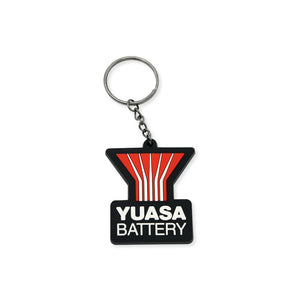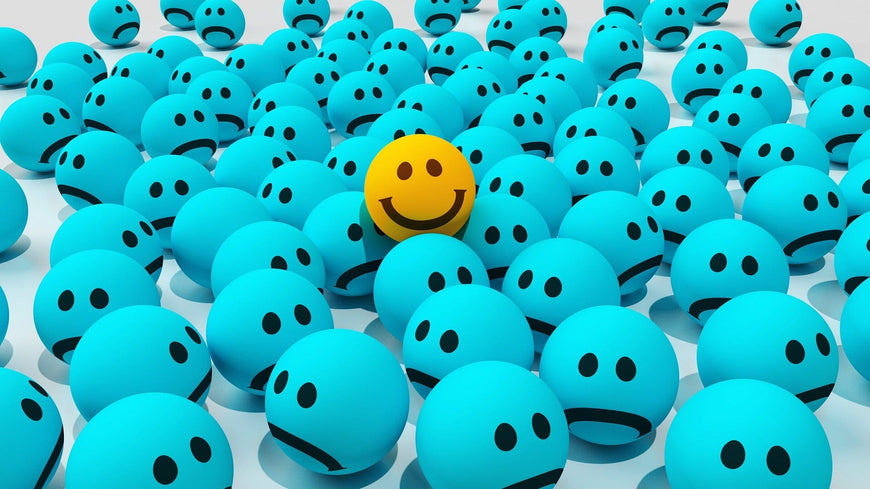Most students use emojis socially in daily communications with their friends and family via text and social media. But these small digital images can also benefit their education, and their familiarity with emojis makes it easier for teachers to introduce these cute icons in the classroom. Emojis let students express themselves and share emotions, and using emojis in a classroom setting can be helpful in several ways.
One area in which emojis can prove beneficial is social-emotional learning. Social-emotional learning is an education method that helps students become aware of themselves, learn self-control, and improve social skills they'll use in school and throughout life. When kids develop strong social skills, they know what behaviors are good or bad and what to do when speaking to other students.
Using emojis for social-emotional learning also helps with daily feelings check-ins, where students tell the teacher how they feel. Younger kids can use emojis to convey different feelings they're experiencing and learn the facial expressions associated with these emotions. Knowing how students feel upon entering the classroom also benefits the teachers as they can help the students control their emotions and improve their feelings.
Assessing progress and understanding is another crucial aspect of teaching that can benefit from emojis. Children learn at their own pace, and sometimes they need a little more help from the teacher. Emoji cards can help by letting teachers know who's struggling with the lesson. Students need only flash the appropriate emoji card to inform the teacher whether they understand the lesson or require extra help. These emoji cards are for private use, and other students don't know what card each child uses. This approach gets students the assistance they need without embarrassment or bullying from others. The students don't feel like the focus of the whole classroom is on them and are more willing to communicate with the teacher.
Better communication is critical in the classroom, and teachers encourage students to use emojis to improve communication. For example, students could misunderstand the meaning behind some words or expressions and become upset or emotional when using written communication. Emails, for instance, may come across the wrong way because the kids cannot hear the tone in their teacher's or another student's voice. Emojis help students and teachers express the tone and emotions in these written communications more clearly.
Thanks to the more transparent and efficient communication emojis help foster, teachers can also use them to encourage students and show how well they perform. For example, if a student passes a test, a thumbs-up emoji shows they did a great job. Using emojis for learner feedback helps students stay focused on their lessons and continue doing well. Rating lessons with emojis helps kids learn where they are in each class without having hurt feelings. Managing these potentially negative feelings is essential for running a classroom and ensuring student success.
Mindfulness is the state of being aware of one's feelings, thoughts, environments, and bodily sensations, and it is another area where emojis can help. Using emojis to express these things helps children be more mindful by better understanding their emotions and the feelings of others. As a result, students and teachers have more meaningful talks about how feelings affect students and their performance in the classroom. It also offers a way to have open discussions about mental well-being. Teachers can create lessons on why certain emojis cause specific emotional responses. For instance, do some emojis upset students or make them feel joy?
Behavior management strategies can also take advantage of emojis to help teachers maintain order in the classroom. Many teachers use emojis on behavior assessment charts to reinforce good behavior and show students where to improve. On the charts, teachers apply emojis reflecting students' behaviors during different times of the school day. For example, they add emojis showing the student's behavior in the morning, during lunch, and in the afternoon. These charts help students learn what they are doing wrong and if they are making the best choices. Teaching kids to stop and think about their behavior helps them choose better actions moving forward.
Correcting troublesome behaviors and actions with emoji charts has the added benefit of improving the whole learning environment. Students who behave poorly in the classroom distract others and take up everyone's time. Individual behavior assessment charts show the student and their parents what changes are needed. Teachers privately pass out the charts to the students and let each child reflect on the assessment outcome. As a result, they spend less time explaining what the child did wrong and keep their focus on the entire class.
There is no shortage of beneficial ways to use emojis in a classroom setting. Teachers can use emojis to improve social learning, communication, progress assessments, behavior management, and mindfulness. Using emojis in the classroom helps students and teachers achieve more each year.





